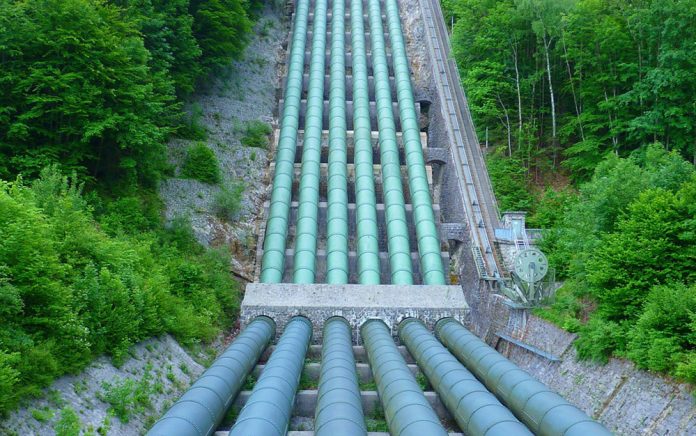The water industry is battling ongoing skills shortages, with a new report showing that seven in ten engineers are considering taking roles in other fields. How can employers recruit and retain the engineers they need to remain operational? Teo De La Cruz, Associate Director at Water by Murray, reports.
The Water Industry Labour Report surveyed nearly 4,000 specialist engineers across the entire market, including treatment, waste and clean water specialists.
Its findings paint a concerning picture of an already strained sector. Even with all of water’s well-publicised challenges, over a quarter of respondents listed skills and recruitment as the single biggest issue, closely followed by ageing infrastructure, pollution and hygiene problems.
This highlights just how big the hiring challenge is.
The headline takeaway is that seven out of ten engineers are considering moving to other fields, with nuclear and oil & gas the main destination of choice.
The reasons behind the trend are varied, but many are being pushed away by the growing scrutiny placed on water by the press and their employers, as well as the struggles faced managing a rapidly ageing infrastructure.
It’s also fair to add that many specialist engineers are being actively sought out by, for example, oil firms, because water engineering generally accommodates the development of broader skill sets than training in other markets. This naturally makes these professionals more attractive to firms in similar STEM markets that are also battling shortages of their own.
Regardless of the driving factors, major skills-based challenges are rapidly approaching on the horizon. The combination of existing shortages, compounded by current engineers leaving and a looming retirement cliff, with one-fifth of the entire workforce set to retire in the next decade, is making some hiring managers concerned over future talent pipelines.
These problems mean that retention of existing engineers should be a priority, although many are clearly seeking pastures new. While there are various contributory factors to the ‘engineering exodus’, one key element could be a lack of freedom to innovate.
The Water Industry Report revealed that nearly one in three engineers feel that they are not able to innovate in their roles, citing ageing infrastructure and rigid managerial structures as the reasons behind the stagnation. On top of this, almost half (43%) said they were not being provided with relevant training.
If employers aren’t offering their workforce the chance to flex their skills and apply creative problem-solving skills, then it’s hardly surprising that many are looking for new opportunities. This is particularly key in the current climate.
Tackling the industry’s myriad of problems will require a digital transformation of systems, and this is only achievable if there is a trained, expert workforce capable of delivering these projects at scale.
However, the report also shows how employers can both retain existing engineers, and recruit new ones.
Factors that engineers do like about their industry include – perhaps unsurprisingly – pay which ranked top with 45%, closely followed by job satisfaction (43%).
When asked what influenced satisfaction, the leading response was management, suggesting that better, more supportive leadership could play a major part in boosting engagement levels.
Other elements ranked favourably by engineers included job flexibility and the ability to work remotely, while non-pay related benefits and solely office working were seen as the least favourable perks.
These factors should be considered when seeking to identify new permanent engineers; however, there should also be a greater willingness to lean on the contract and contingent workforce. Many employers have been overly concerned about building permanent staffing bases and are neglecting the positive impact that interim specialists can have.
The job market has changed dramatically in recent years. As an example, one leading water employer found that the average length of tenure for its contract engineering workforce was actually longer than it was for its permanent staff, highlighting how much water employment models have shifted.
Considering that these resources can be scaled up and down depending on workflows, it’s surprising that many firms don’t leverage the contingent workforce more to tackle some of their people challenges.
In the longer term, the focus needs to be on building wider talent pipelines and encouraging more budding engineers to consider water as a destination of choice. The majority of STEM industries are suffering from skills shortages, so effort needs to be made to make water ‘sexier’ and encourage more professionals to choose a career in water over one in oil & gas or other similar fields.
Considering the vital and truly pivotal role that our industry plays in day-to-day life, tackling the engineering question should be a priority for employers.




